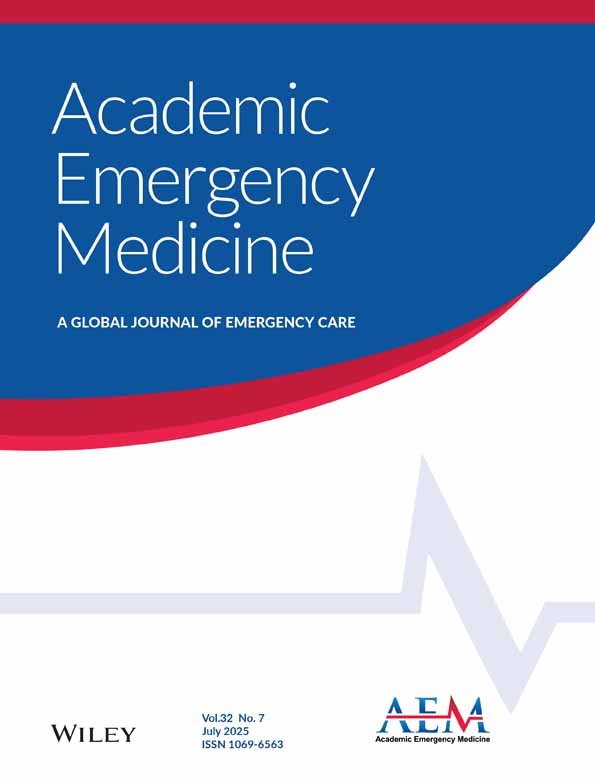An Educator's Guide to Teaching Emergency Medicine to Medical Students
Abstract
There is a need for every medical school graduate to handle emergencies as they arise in the daily practice of medicine. Emergency medicine (EM) educators are in a unique position to provide students with basic life support skills, guidance in assessing the undifferentiated patient, and exposure to the specialty of EM during all years of medical school. Emergency physicians can become involved in a variety of education experiences that can supplement the preclinical curriculum and provide access to our specialty at an early stage. A well-designed course in the senior year allows students to develop critical thinking and patient management skills that are necessary for any medical career path. It can ensure that all medical students are exposed to the skills essential for evaluating and stabilizing the acutely ill patient. To implement this type of course, learning objectives and evaluation methods must be set when the curriculum is developed. An effective course combines didactic and clinical components that draw on the strengths of the teaching institution and faculty of the department. A structured clerkship orientation session and system for feedback to students are essential in nurturing the development of student learners. This article provides an approach to assist the medical student clerkship director in planning and implementing EM education experiences for students at all levels of training, with an emphasis on the senior-year rotation.




